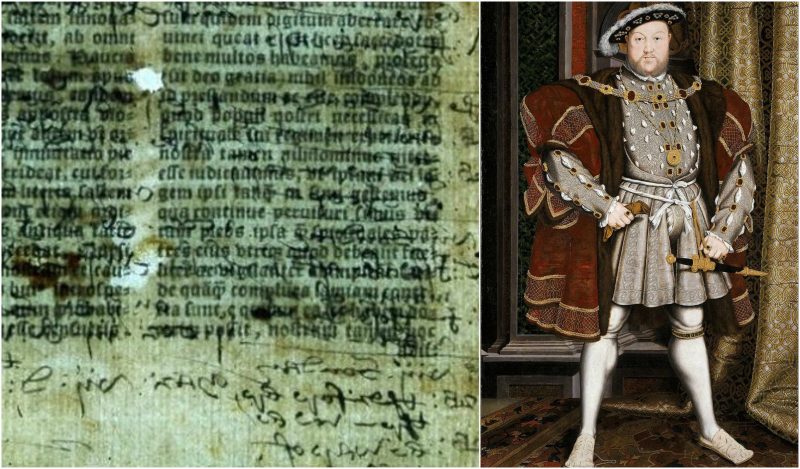It took 500 years to find hidden notes inside of England’s first official Bible ever printed. The notes reveal quotes from Thomas Cromwell’s “Great Bible” and notes about a thief called “Mr. Pickpocket”. The interesting scribbles were certainly unfitting of the holy book, but they were found underneath pieces of thick paper. This was all located in one of only seven copies of a Bible that was published back in 1535 by Henry VIII’s personal printer.
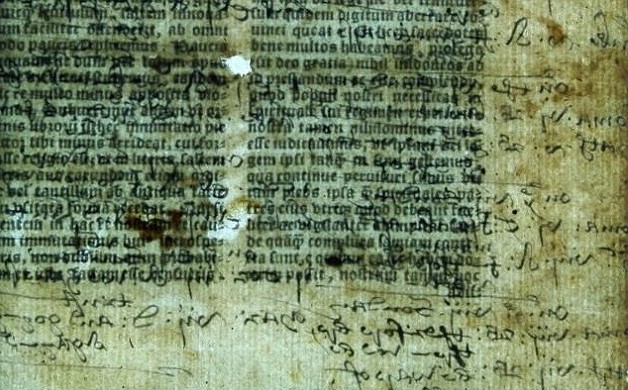
According to one expert, this important ancient artifact really gives insight into the speed of the Reformation. It also shows how quickly the Royal text wound up in the hands of the common man and thieves. An historian from Queen Mary University of London (QMUL) named Dr. Eyal Poleg is the one who found the Bible. It was housed in Lambeth Palace Library in London. The doctor said, “We know virtually nothing about this unique Bible – whose preface was written by Henry himself – outside of the surviving copies.”
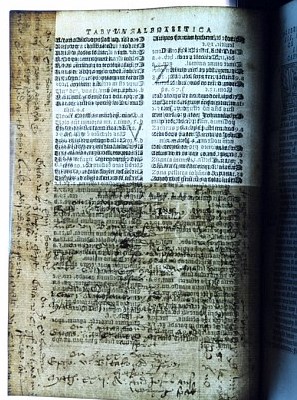
This library copy at first glance seemed to be normal. Dr. Poleg soon noticed heavy paper had been pasted over blank areas of the Bible. He explained that it was quite challenging to figure out how to decipher the annotations without causing damage to the antique. Researchers reached out to Dr. Graham Davis, who is a specialist in 3D X-ray imaging at QMUL’s School of Dentistry. He knows how to use a light sheet to slide underneath the pages to expose the hidden text.
The experts took two images in long exposure. One was conducted with the light sheet on and the second one did not have it. Not surprisingly, the first image showed all of the annotations scrambled with the printed words. The second image showed only the printed text. Dr. Davis then utilized software to eliminate the second image from the first one. This allowed for seeing a clear picture of the annotations.
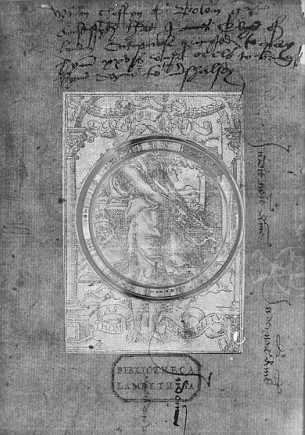
All of the notes are copied from the well known “Great Bible” of Thomas Cromwell. It was seen at the epitome of the English Reformation, which took place across a series of events in the 16th century in England. It was the time the Church of England shifted away from the Roman Catholic Church and the authority of the Pope.
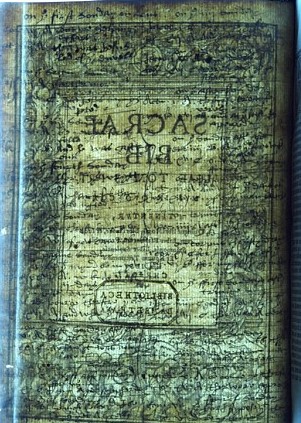
One example reads “On the iij Sonday [of Lent] | [E]phe. v. a. be ye therefore follo. | Lk. xi. b. and he was casting out”. Dr. Poleg told MailOnline, “This means that the text to be read at Mass on the Fourth Sunday of Lent is the Letter to the Ephesians 5:1 (beginning with ‘be ye therefore’) and Luke 11:14 (beginning ‘and he was casting out’).”
This was written between 1539 and 1549, but was purposely covered and disguised with thick paper in 1600. It all remained a secret until just this year. Dr. Poleg sees this discovery as one that supports his position that the Reformation happened gradually as a process. It was not some single transformative event that randomly occurred.

In other words, people generally assume that the Reformation caused a total break due to a Rubicon moment. But people did not just stop being Catholics to accept Protestantism or reject saints and replace Latin with English. Instead, the Reformation was a slow, complex, and gradual process to which the Bible provides unique witness at a time when the conservative Latin and the reformist English were utilized together.
Another interesting aspect related to the annotations concerns their timing. It was written during the single most tumultuous and controversial years of Henry VIII’s reign. It was the time of the schism with the Church of Rome, The Act of Supremacy, suppression of the monasteries, and the executions of many, including Anne Boleyn, Thomas More, and John Fisher, as well as the Pilgrimage of Grace. The dissolution of the monasteries was the catalyst for one of the worst protests to occur during Henry’s rule. As a result of this, he used a more cautious approach.
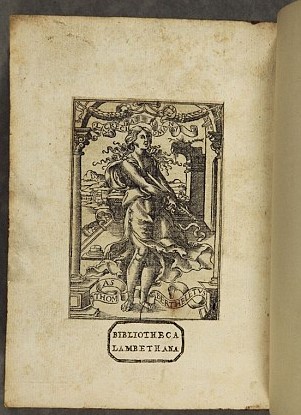
The discovery also provided further insight in the whereabouts of the book after it left the royal hands of the king. Latin bibles had dramatically fallen out of use, but on the back page Dr. Poleg found another handwritten transcription. Two male names were etched – Mr. William Cheffyn of Calais and Mr. James Elys Cutpurse of London. In those medieval days, “cutpurse” was jargon for pickpocket.
The transcription says that Cutpurse had promised to pay Cheffyn 20 shillings. Otherwise, he would go to Marshalsea, which was a notorious prison in Southwark. Upon further research into the archives, the doctor found out that Mr. Cutpurse had been hung in 1552. It is remarkable that today we can determine what Mr. Cutpurse’s occupation was, and we know how and when he died. Furthermore, it is possible to date and trace the path of this book with precision. Obviously, the transaction could not have happened before the man died. This Bible really does provide a unique insight into how Henry’s Reformation unfolded.
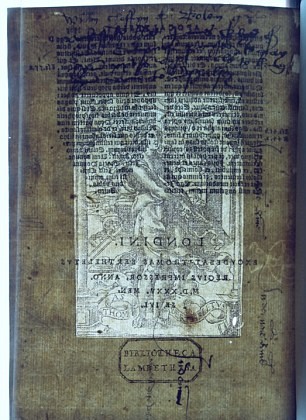
This Bible was printed in 1535 by the King’s printer. Just a few short years later the situation in England had shifted quite a bit. The Latin Bible was tweaked to accommodate the reformist English, and the book exemplified the gap between English and Latin in the contentious period of 1539 to 1549. Just three years later things changed so much. Dr. Poleg explains, “Monastic libraries were dissolved, and Latin liturgy was irrelevant. Our Bible found its way to lay hands, completing a remarkably swift descent in prominence from Royal text to recorder of thievery.”
